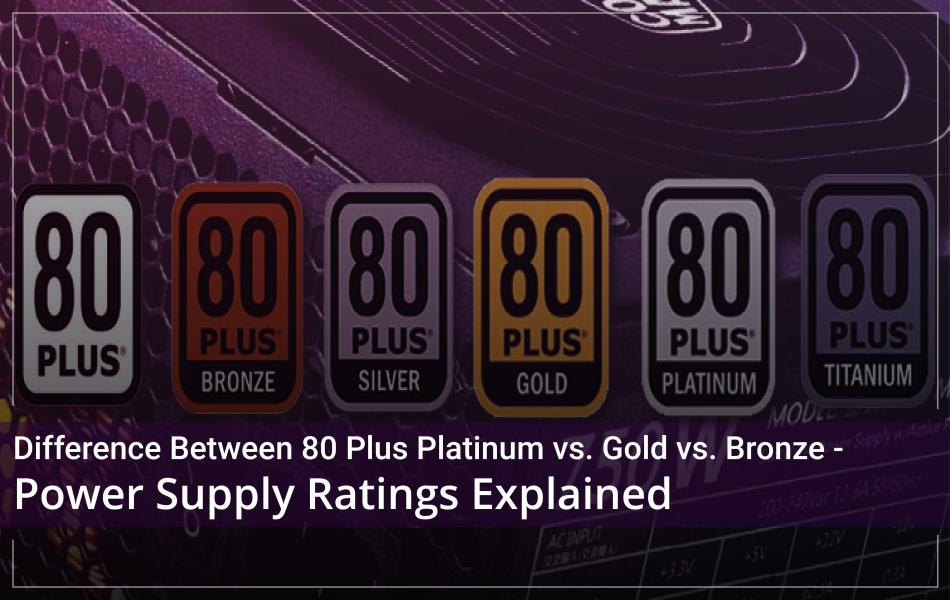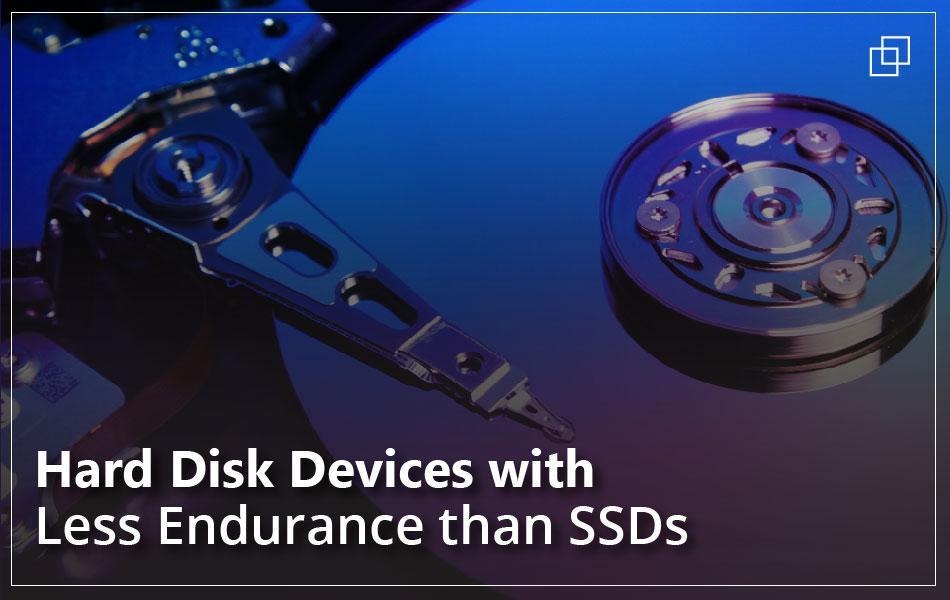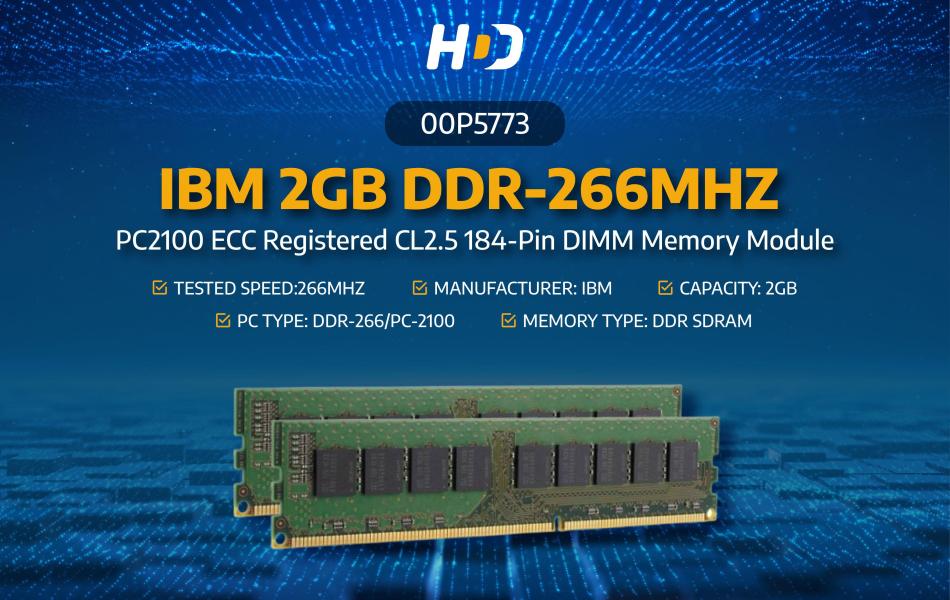Which Power Supply Ratings is Better? - Conclusion
Power Supply is among the most important component when building or upgrading a PC, it works like the heartbeat of a PC. So, the importance of a power supply should never be underestimated. If you don’t provide your system with the right power supply it needs, then your PC will have short circuits, crashes, and BSODs leaving you and your hardware at the utmost risk.
So, if you are building or upgrading your PC then a power supply is all you need. However, if you delve into the world of power supply, you'll discover that they come in many shapes, sizes, and brands. And you'll notice that many of the top manufacturers have specific "ratings" on their products, ranging from bronze to titanium. But what's the difference between a bronze, silver, gold, platinum, or titanium power supply, and which should you choose?
Let’s find out!
What are Power Supply Ratings?
The power supply rating describes the PSU's energy efficiency. The power supply transforms AC voltage from the wall socket to DC voltage, which all of our PC components require. The power supply unit is unable to convert all of the voltage from the wall outlet into DC voltage.
So, the power supply releases the remaining unconverted voltage in the form of heat. Because there is an energy loss during the voltage conversion, the power supply's rating becomes important. The efficiency with which a PSU converts AC power into DC is indicated by its rating. The lower the power loss, the higher the PSU's efficiency, and the higher the rating.
Now that you know what are power supply ratings, let's find out how many power supply ratings are there!
What does an 80 Plus rating on a power supply mean?
The "80 Plus" wording does have some importance in terms of what the PSU can achieve, but we need to understand how a PSU works first. A power supply unit (PSU) provides electricity to the computer, and more expensive PSUs provide more power.
However, we do not recommend something less than 80 Plus because of the comparatively minimal cost premium and benefits they bring therefore search for the ’80 Plus logo when looking for your next PSU.
The majority of power supplies on the market today are rated at least 80 Plus. The 80 Plus accreditation indicates that a power supply is at least 80% efficient at 20%, 50%, and 100% loads. At 100% load, a 500W 80 Plus rated power supply unit would draw a max of 625W.
How many Power Supply Ratings are there?
Over the last few years, efficiency ratings have evolved beyond 80 Plus to include Bronze, Silver, Gold, Platinum, and Titanium classifications (from least to most efficient). While Bronze, Silver, and Gold ratings are becoming more popular in most consumer PC configurations, Titanium and Platinum ratings are typically reserved for very high capacity power supply units used in workstation PCs or server PSUs.
For a summary of minimum PSU efficiencies for each PSU rating at significant loads, see the chart below. According to their power efficiency, there are six different sorts of power supply labels/levels. Following are the six types of power supply ratings:
|
Efficiency
|
Loading |
80 Plus |
Bronze |
Silver |
Gold |
Platinum |
Titanium |
|
20% |
80% |
82% |
85% |
87% |
90% |
90% |
|
|
50% |
80% |
85% |
88% |
90% |
92% |
92% |
|
|
100% |
80% |
82% |
85% |
87% |
89% |
94% |
1. 80 Plus
Manufacturers send samples of their power supply to an independent authority for testing and certification as part of the 80 Plus program. To be 80 Plus certified, the supply must have an efficiency of at least 80% at three load levels of 20, 50, and 100%.
2. 80 Plus Bronze
Despite having the second-lowest rating, bronze-rated power supplies are among the most popular among consumers. 80 Plus Bronze power supplies, on the other hand, are rated at 82 percent efficiency at 20% load, 85 percent efficiency at 50% load, and 82 percent efficiency at 100% load.
3. 80 Plus Silver
Silver-rated power supplies cost the same to make as Gold-rated ones but have a reduced profit margin. As a result, they are scarce on the market. PSUs with the Silver grade have an efficiency rating of 85 percent at 20 percent load, 88 percent at 50 percent load, and 85 percent at 100 percent load.
4. 80 Plus Gold
Due to its incredible durability and inexpensive cost, most mid-range to high-end systems today will have an 80 Plus Gold certified power supply. These power supplies may be more popular than those with a bronze rating! Manufacturers begin using the Fully-Modular classification for power supplies at the Gold level, allowing for more customizability and utility in how you utilize your power supply.
5. 80 Plus Platinum
Now we're getting into the high-end grades, beginning with 80 Plus Platinum, an incredible feat of engineering. Platinum and Titanium-rated power supplies are typically used in servers because of their unequaled efficiency and redundancy, but at a high expense, with Platinum-rated power supplies regularly costing over $200USD.
Platinum-rated power supplies are rated for 90 percent efficiency at 20 percent load, 92 percent efficiency at 50 percent load, and, for some reason, 89 percent efficiency at 100 percent load.
6. 80 Plus Titanium
Titanium-rated power supplies are made with the best components and are built to last. Some Titanium-rated power supplies come with 8–10-year guarantees, indicating the producers' confidence in their product.
However, one will set you back well over USD 500. Titanium-rated power supplies provide efficiency ratings of 90 percent at 10 percent load, 92 percent at 20 percent load, 94 percent at 50 percent load, and 90 percent at 100 percent load.
Recommendations of the Power Supply Units with Better Ratings
Choosing the right power supply for your next build is more difficult than it appears. Calculate how much power your PC will use, then narrow down which of the dozens of brands offers PSUs with the appropriate capacities, and that's just the beginning. Till then, take a look at our recommendations for the best power supply you can get from HDD:
- Dell 305-Watts Power Supply - JH994
Get optimum performance, and use the Intel JH994 processor. The Intel Pentium processor has a 2.20GHz clock speed, which allows for multitasking and rapid load times. This device will be an excellent choice for your system if it has a cache.
- IBM / Lenovo 280-Watts ATX Power Supply - 41A9701
To achieve the highest performance, use the Intel 41A9701 4-Core processorin your system. The Intel Xeon CPU has a 2.00GHz clock speed, which allows for multitasking and rapid load times. This device is perfect for your system because it has an 8MB cache LGA771 socket.
- BM 400-Watts Power Supply - 19K1289
The Intel Xeon CPU has a clock speed of 2.30GHz, which allows for multitasking and rapid load times. This device is perfect for your system because it has a 35MB L3 cache and an LGA2011-3 socket.
Which Power Supply Ratings is Better? - Conclusion
The real answer to this issue depends on two factors: how important noise is to you, and how important spending a lot of money is to you. Higher-efficiency power supplies generate less heat, allowing them to be quieter and turn off fans when not in use. However, you must pay for this option, which increases in price as you progress up the efficiency ladder.
Other features, such as modular connectors, superior cable wrapping, and better guarantees, become available as the price rises. These are all excellent reasons to spend extra money on a product, and they can help justify a power supply costing $200 or more. Just keep in mind that the performance difference between the highest-end power supply and one-half the price may not be as noticeable as you might hope.
Place your order online at the best-discounted deals across our U.S leading industry at Harddiskdirect.






